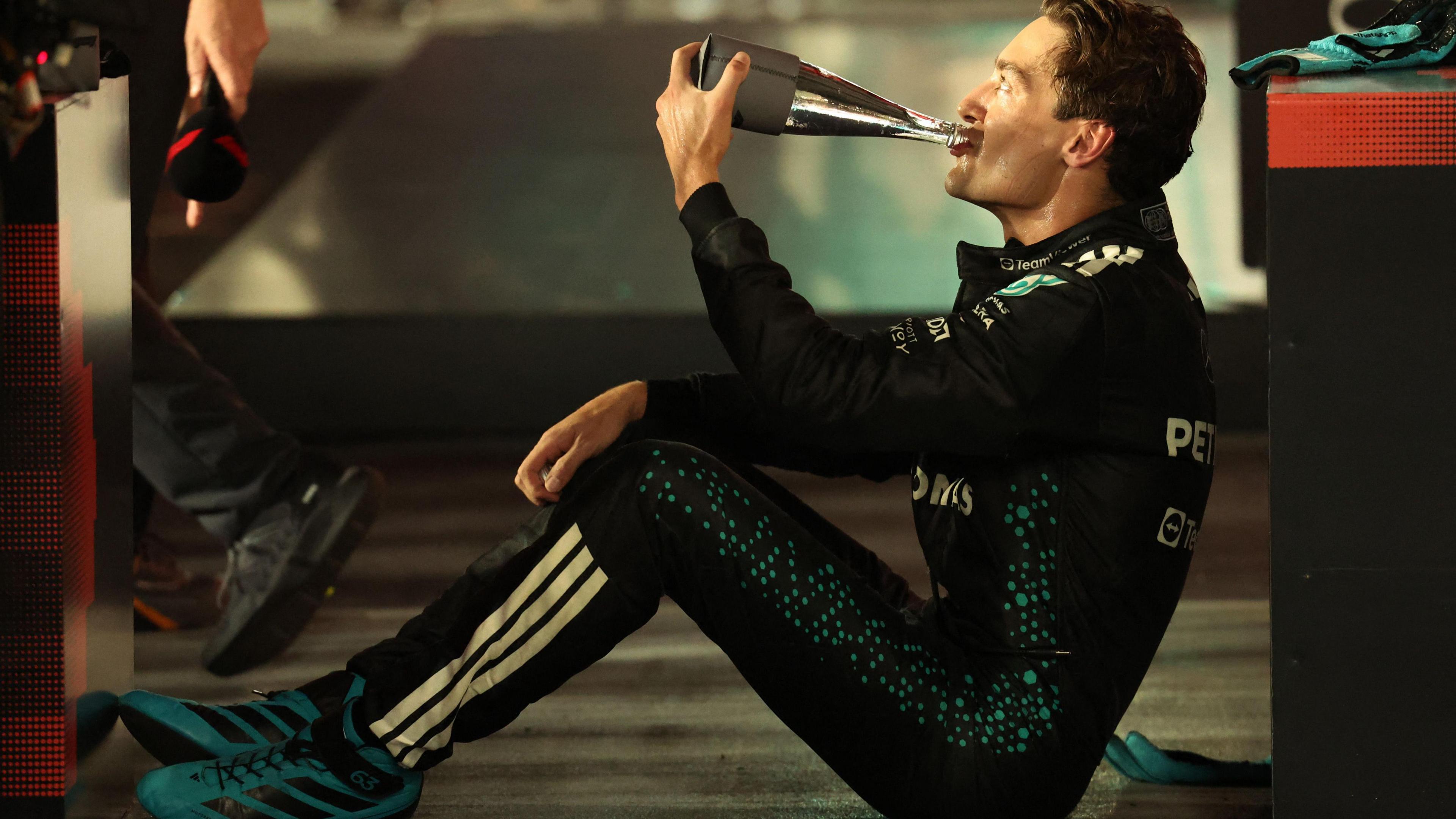
Should F1 TV Coverage Focus More on Racing Action?
Should F1 TV Coverage Prioritize Track Action Over Celebrities?
As Formula 1 heads into the final leg of the 2026 season, fans and drivers alike are asking a recurring question: Is the sport’s TV coverage focusing too much on glitz and not enough on racing?
The debate reignited after Carlos Sainz voiced his frustration at missed on-track moments during the Singapore Grand Prix, as the cameras lingered on celebrities and VIPs rather than capturing key mid-race action.
“I really have zero interest in who is at a race apart from the teams and drivers,” wrote one fan, Brian, echoing the sentiment of many purists.
Missed Moments: What Sparked the Backlash?

George Russell is fourth in the drivers’ championship with 237 points, 149 ahead of rookie team-mate Kimi Antonelli
During the Singapore GP, crucial footage of Fernando Alonso’s charge through the midfield and Carlos Sainz’s battle while managing brake issues was cut away in favor of showcasing high-profile guests and crowd shots.
Even BBC F1 correspondent Andrew Benson noted that while glamour is part of the sport’s brand, essential action was missed during the final laps.
“Alonso wasn’t the main story, but there were big moments involving him that didn’t make the broadcast,” Benson said.
While the director focused on the title-affecting duel between Verstappen and Norris, other fans felt the coverage should be more comprehensive — or at least more selective about what gets shown during the critical phases of a race.
F1’s Response: Balancing Sport & Spectacle
Formula 1’s production team defends its choices, arguing they’re catering to a broad global audience that spans hardcore fans, casual viewers, and those attracted by the sport’s glamorous reputation.
“We always focus on giving our fans the best possible footage of the race and never compromise the key focus – the racing on track,” an F1 spokesperson said.
They added that context clips of grandstands, celebrities, and race locations are part of what makes F1 unique and appealing on a global scale.
Still, the sport acknowledged the need for improvement, especially in complex races with multiple storylines unfolding.
The Bigger Picture: F1’s Changing Audience
Formula 1’s growth — especially among younger audiences and global streaming platforms like F1 TV Pro and Drive to Survive — has seen a rise in the entertainment factor. Celebrities, influencers, and red-carpet moments now occupy an increasingly visible space.
But some fans are pushing back, worried that sports integrity and racing coverage are being diluted in favor of pop culture content.
The trade-off:
-
Die-hard fans want more telemetry, onboard cams, strategy graphics, and battles throughout the field.
-
Casual viewers often enjoy the spectacle, personalities, and social dynamics, which are part of what’s made F1 a Netflix success.
Is There a Solution?
There are ways to bridge the gap:
-
Split-screen coverage during key replays or cutaways
-
Interactive features on F1 TV apps for fans to choose different views (driver onboard, timing screens, pit lane cams)
-
AI-enhanced broadcast tools that automatically flag the most engaging wheel-to-wheel battles across the field
And most importantly: listening to viewer feedback, particularly from seasoned fans who watch for the sport, not the stardust.
Verdict: Focus First on the Racing, But Don’t Lose the Shine
F1 is, at its heart, a sport of speed, precision, and drama on the track — and the coverage should reflect that, especially during crunch moments.
The glamour can enhance the broadcast, but it should never eclipse the sport.
As the 2026 season hurtles toward its finale with Oscar Piastri and Lando Norris battling for the championship, fans will be watching closely — and hoping the cameras do the same.
























































There are no comments yet. Be the first to comment!